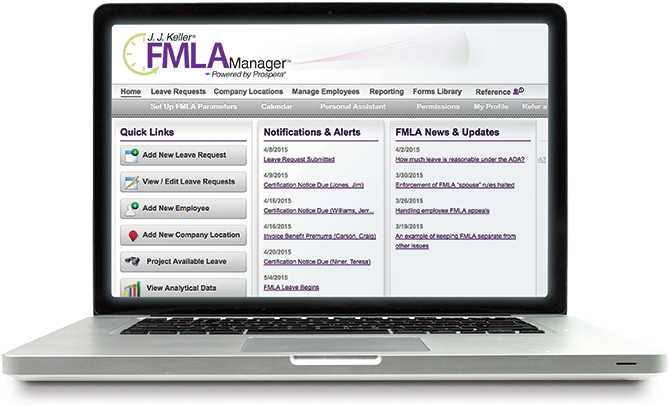New Oregon law makes administering OFLA and PLO easier
Redundancies reduced
On March 20, Oregon Governor Tina Kotek signed SB 1515 into law. This bill is designed to better coordinate the leave provisions under the Oregon Family Leave Act (OFLA) and Paid Leave Oregon (PLO). The changes will make administering leave under these laws easier for employers by reducing most of the overlapping reasons for leave. Employees may, however, get more leave overall.
What's changing?
Effective July 1, 2024, employees may take OFLA leave only for the following reasons:
- Caring for a child who is suffering from an illness, injury, or condition that requires home care, regardless of whether the condition qualifies as a serious health condition.
- Caring for a child whose school or childcare provider has been closed in conjunction with a declared public health emergency.
- Going through the legal process for placement of a foster child or adoption of a child, (beginning January 1, 2025).
- To deal with the death of a family member (limited to two weeks; four weeks total per year).
- For a pregnancy-related disability (this leave is in addition to other OFLA reasons).
OFLA will no longer include time off for parental (bonding) leave or for a serious health condition (the employee's or a family member's).
Leave reasons under PLO remain the same with one change: Employees may take PLO to care for a child only if the child has a serious health condition. Employees choose when and whether to apply for PLO benefits.
Generally, PLO and OFLA will not run concurrently, and PLO will no longer be capped. Therefore, with these changes, in certain situations employees could end up being entitled to take up to 38 total weeks of leave under both laws. An employee could, for example, take 12 weeks of OFLA leave to care for a child or for bereavement, another 12 weeks of OFLA for pregnancy disability, 12 weeks of PLO parental leave or for a serious health condition, and another two weeks of PLO for pregnancy disability.
If employees are eligible and the reason qualifies, the OFLA or PLO leave will run concurrently with leave under the federal Family and Medical Leave Act (FMLA).
Wages capped
Employers may cap the use of OFLA and PLO to the amount that would result in an employee receiving 100 percent of their wages. Currently, employees using OFLA and PLO can end up with more than 100 percent of their wages.
Key to Remember: Employers with employees in Oregon need to prepare for more changes to OFLA and PLO, but the changes should make administering leave easier.
This article was written by Darlene M. Clabault, SHRM-CP, PHR, CLMS, of J. J. Keller & Associates, Inc. The content of these news items, in whole or in part, MAY NOT be copied into any other uses without consulting the originator of the content.
You may also enjoy the following articles:

The J. J. Keller FMLA Manager service is your business resource for tracking employee leave and ensuring compliance with the latest Federal and State FMLA requirements.